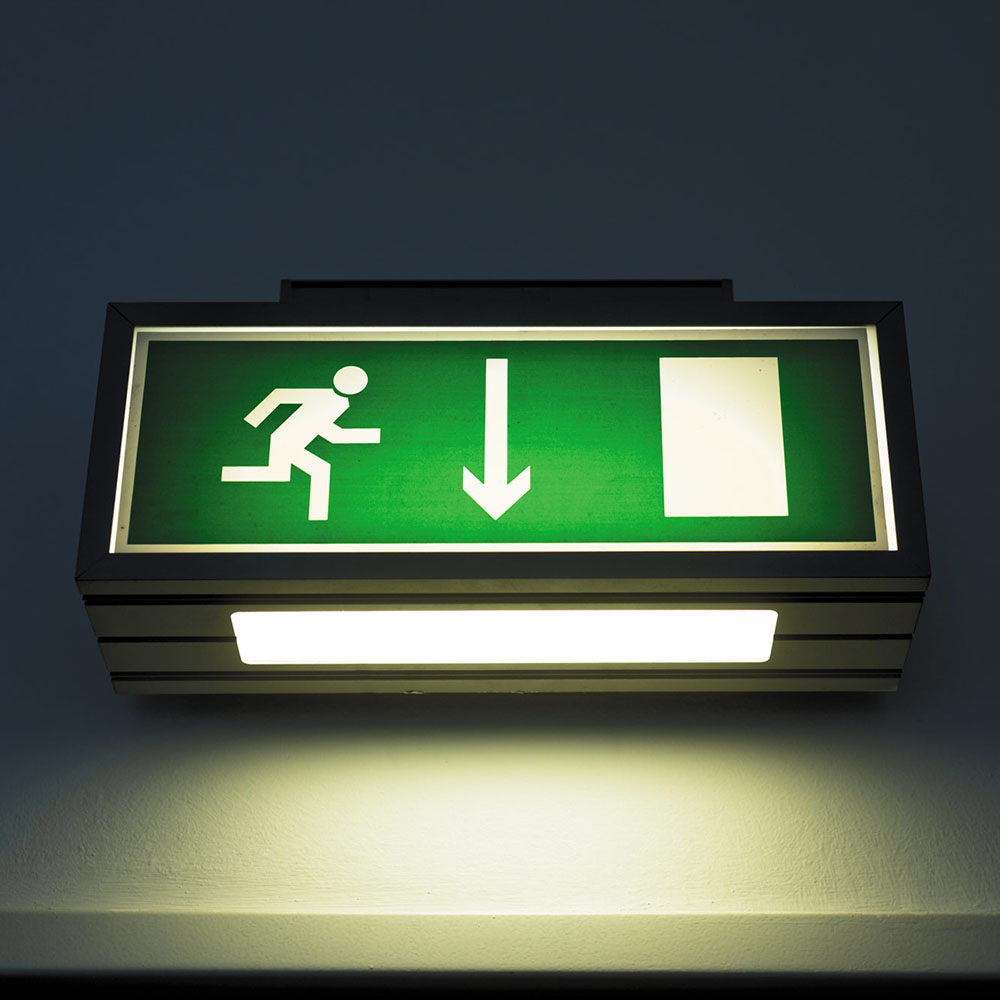Reliable Emergency Lighting Installers
What do Emergency lighting installation services do?
Emergency lighting installation services are another essential element in many buildings, particularly large commercial structures where it may be difficult to navigate internal stairways in darkness. Using an enhanced lighting system in these cases can make all the difference and provide improved security for building users as well as improved safety.
Emergency lighting are not only very important but also required by law, particularly for all retail outlets.
Emergency lighting installation entails the installation of battery run lights that are able to operate even in the event of a mains power failure. Units will have large batteries housed, along with electronic pieces to ensure they switch on automatically upon loss of electricity.
Once an internal stairway has been defined, the next step is to spot any potential problems or hazards so that they can be avoided when allocating mounting positions. Once this is done it will be possible to decide upon the final location of each light column. It is important not to forget to allow access for ladders and tools for maintenance before installation begins

How do you pick the right emergency lighting installers?
In cases where it’s not possible to install electric stairs or an exit route, new build electrical contractors will be able to install a reliable fire alarm system instead. These systems can provide a fast and effective way for everyone in a building to get out safely using the internal staircases after a fire has been detected by sensors placed around all access points. In addition, new build electricians can mount high-visibility signs showing which escape routes are available from every floor of the building, making it easier for workers and visitors of any age to locate their nearest fire exit.
Types of Emergency Lighting
The most common type of emergency lighting installation carried out by professional emergency lighting installers is an emergency exit sign which must be installed where possible escape routes require illumination during power failures, especially for public building and commercial properties. The distinction between “uninterruptible” and “emergency” power supplies can be confusing because all emergency systems are uninterruptible, but not vice versa.
For instance, UPSs provide emergency lighting to exit routes, either directly or through backup batteries that will run the lights for a short time during a power failure – which makes them “uninterruptible” as long as they have sufficient battery capacity to avoid being depleted too quickly by frequent activation of their emergency lighting load.
Emergency lighting units differ in their power consumption and the duration of illumination. The duration of illumination varies from around 30 minutes to as much as 4 hours and is largely dependent on the technology involved.
The different types of emergency lighting available are listed as follows:
- self-contained battery units
- battery units with integral generator
- low voltage units
- high voltage units
- Exit signs are also included in the list of emergency lighting types.
Click here to visit homepage and contact us for your needs.
Exit signs
Exit signs will normally use self-contained battery units so that they can provide exit guidance if there is a loss of mains power, due to their constant illumination mode.
Depending on your needs, you may need to have dedicated exit only lights or combined lights for both exit and escape purposes. You may even require an audible alarm or way finding system as well.
Self-contained battery units – These units are typically used for short durations, such as during a mains power cut or an evacuation. They use alkaline batteries which last around three to four hours depending on brand and model chosen (larger/ more powerful units will serve longer). Multiple lamps may be connected together with a cord so that all lights function simultaneously when the unit is activated. Units with large numbers of lamps have a potential downside however – an electrical fault could lead to overheating and fire.
Batteries and uninterruptible power supplies – In more critical applications, such as data processing centres, a system with batteries and a UPS can provide greater peace of mind. A standby generator may be used to power the lighting unit during prolonged blackouts. A battery will allow lighting to remain on without interruption for around three minutes after mains power has been cut off – sufficient time for staff to evacuate an area quickly and safely. This option works best when combined with a properly designed emergency lighting plan which takes into account the number of people in each workspace, escape routes and procedures for evacuation.
Light Emitting Diode (LED) lights – These lamps are extremely long-lasting as they have very low energy consumption. If you are to install these in places where they will be switched off and on often, it is advisable to go for high-grade models. Most importantly, LED lights last up to 100 times longer than traditional light sources. Such a low energy consumption means lower electricity costs so LED lamps work well for businesses looking to save on their operation costs. Another advantage of these devices is that they do not emit any harmful UV rays so they’re safe for use in new or remodelled areas such as offices, schools and homes.
Combined Escape And Exit Lighting Systems For Industrial Use – These systems usually include low level lighting for the escape route and high level lighting for the main exit route together with dedicated external signage which can be operated automatically by means of a photocell.
The Photocell [light sensitive device] is an important component of the system because its main function is to ensure that when there is sufficient daylight available the unit switches off the lighting in order to save energy. In situations where insufficient natural light is available – for example during winter months or periods of darkness, night storage heaters will switch on automatically and power up from their standby mode.
